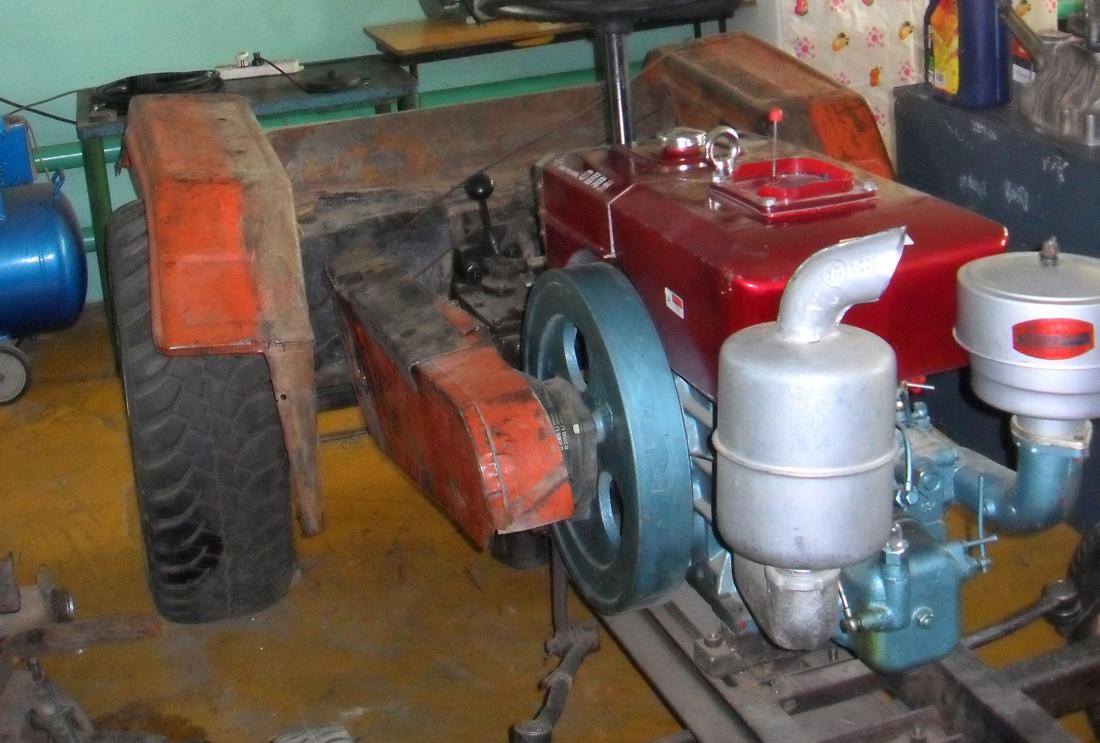Technical Vocational Education Training in Mongolia
- Students
- Earnings and income
- Employment
- Student learning
- Training
Policy issue
Youth underemployment, especially among less educated populations, has the potential to create significant social unrest and perpetuate poverty. However, little is known about how best to help youth find jobs and smooth the school-to-work transition, particularly in less developed countries. One would-be tool for expanding the labor market opportunities in these settings is vocational education, which could help students learn a trade and acquire the skills needed to take advantage of employment opportunities, and create successful small businesses. However, little is known about the actual benefits of vocational education in developing countries.
Context of the evaluation
Mongolia’s vocational education system has not evolved to serve the demands of a modern, private-sector led economy. The capacity of this system to teach core technical skills and provide critical labor information is weak, training equipment is limited and outdated, and instructors ill-prepared to teach. Essential partnerships between the government and business to ensure that students receive high quality, demand-driven training are largely absent, and credentialing systems are substandard. As a result, Mongolia tends to import skilled labor from other markets, leaving high rates of unemployment among unskilled young Mongolians.

Details of the intervention
Researchers evaluated the Vocational Education Project, an initiative designed to address the gaps in Mongolia’s vocational education system, specifically by seeking to increase the wages of poor Mongolians by improving their technical skills and productivity to meet labor market demand in key industries (including, among others, construction, mining, electronics, mechanics, and transport). This will be done by (a) strengthening the institutional framework needed to support a demand-driven vocational education system through legal and policy reform and the creation of a Labor Market Information System, (b) defining industry training standards for occupations and translating these standards into a modern vocational education curriculum supported by new instructional materials and equipment, (c) developing 30 new career preparation tracks, and (d) improving teacher training and professional development.
This study will evaluate the overall impact of attending a Technical Educational Vocational Training (TVET) school, and the incremental impact of school equipment upgrades on both academic and labor-market outcomes. Equipment upgrades will complement the competency-based training curriculum and other components by providing the physical and technological resources that schools will need to instruct a new generation of skilled workers. This is the most expensive component of the program, and is expected to have the largest and most direct impact on student skill levels and employment outcomes.
Researchers are working with TVET schools to create comprehensive standards for admitting students. Out of a pool of ‘qualified’ applicants, students will be chosen at random to gain admittance to the school. The randomized design will ensure that all qualified applicants will have an equal probability of receiving the vocational and technical training. Qualified applicants who were not admitted will serve as the comparison group. Surveys will be administered to the entire pool of applicants at the time of the application, one year after, and again at the time of graduation, including a standardized general knowledge test to measure skill levels and academic performance. Upon graduation, students will complete standardized trade-specific tests that measure knowledge and skills in specific trades. Shortly after graduation, another survey will be administered to collect information on labor-market outcomes, including wages and hours worked. This follow-up survey will continue annually for three years.
Results and policy lessons
Results forthcoming.


